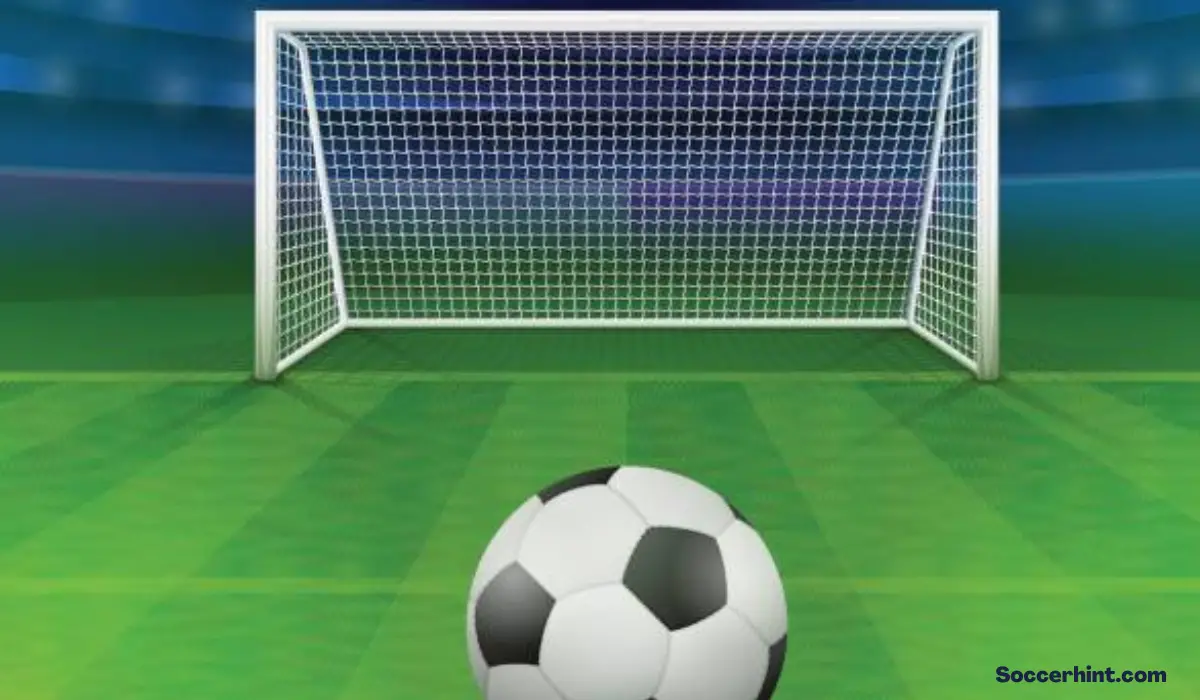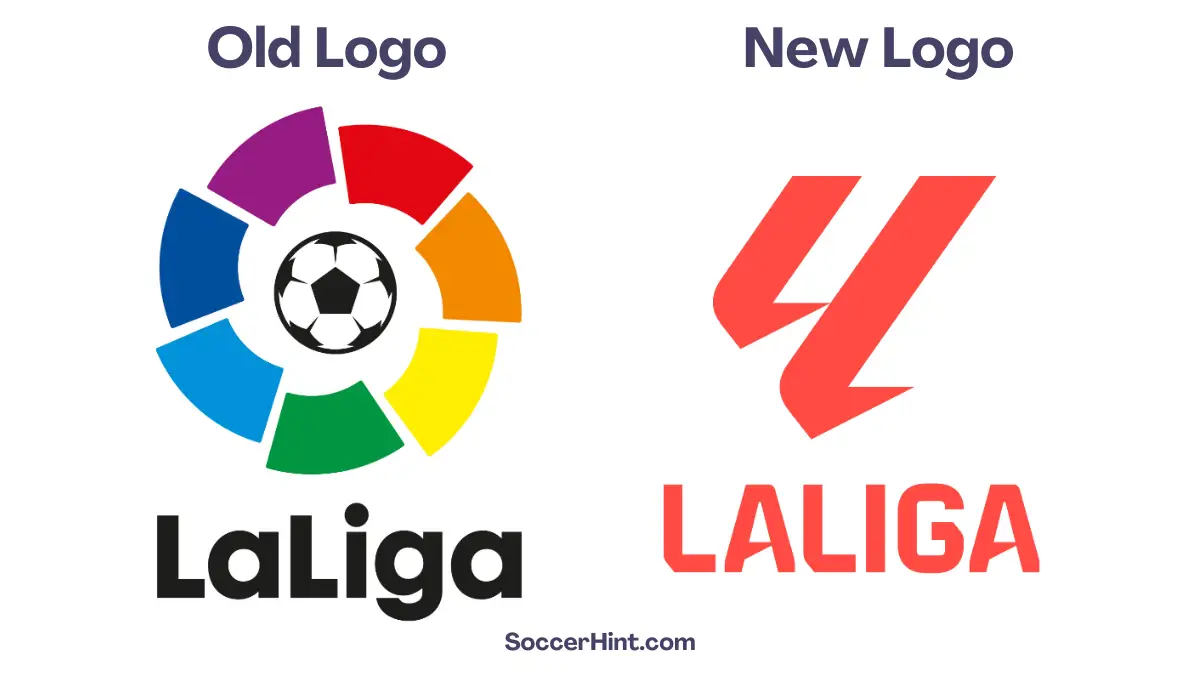Soccer, a globally beloved sport, thrives on the excitement of scoring goals. At the heart of every soccer field stands an essential element that plays a crucial role in the game—the goal post. But have you ever wondered what these goal posts are made of?
In this blog post, we will delve into the materials used to construct soccer goal posts, exploring their historical significance, traditional and modern options, safety considerations, and even potential future innovations.
By understanding the composition of these vital structures, we gain a deeper appreciation for the craftsmanship and engineering behind the game we love.
Materials Used In Making The Goal Post
There are different materials used in making a Soccer goal post. Today, the Soccer goal post is made of Aluminium and Polypropylene. Aluminium replaced the use of wood and metal because of their lack of durability. The use of aluminium-made goal posts more stable, long-lasting and easier to maintain.
In addition, the goal posts are made in about 80mm aluminium tubes with strong polypropylene goal corners and the nets are also made from polypropylene. The soccer nets will be attached to the goal posts using clips or hooks. The hooks and clips are made of metal and are held to the posts.
For further clarity on the dimension of a goal post, read this guide.
Advantages of Aluminium Goal Post
There are some advantages of aluminium goal posts over other types:
- Lightweight: One of the primary advantages of aluminium goal posts is their lightweight nature. Aluminum is a relatively low-density material, making goal posts made from aluminium easier to handle and install compared to heavier materials like steel or wood. This lightweight property also facilitates portability, allowing for easy movement and setup of goal posts on different playing fields.
- Corrosion-resistant: Aluminum possesses excellent corrosion resistance, making it highly suitable for outdoor sports equipment like soccer goal posts. Unlike steel, which can rust over time when exposed to moisture, aluminum goal posts are more resistant to rust and can withstand various weather conditions, including rain, snow, and intense sunlight. This durability ensures that the goal posts maintain their structural integrity for a longer period.
- Low maintenance: Aluminum goal posts require minimal maintenance compared to other materials. Since aluminium is corrosion-resistant, there is no need for regular painting or protective coatings to prevent rust. Additionally, aluminium does not warp, crack, or splinter, reducing the need for repairs or replacements, thus saving time and maintenance costs.
- Strength and durability: Despite being lightweight, aluminum goal posts are still sturdy and strong. They possess excellent tensile strength and can withstand the impact of soccer balls and collisions with players during intense gameplay. The inherent strength of aluminium ensures that the goal posts remain intact and stable, providing a reliable target for scoring goals.
- Aesthetically pleasing: Aluminum goal posts offer a sleek and modern appearance on the soccer field. The smooth surface and clean lines of aluminium give the goal posts a contemporary and professional look, enhancing the overall visual appeal of the game.
- Recyclability: Aluminum is a highly recyclable material, making it an eco-friendly choice for goal post construction. The ability to recycle aluminium allows for reduced environmental impact and resource conservation. When the time comes for replacement, the old aluminium goal posts can be recycled and repurposed, contributing to sustainability efforts.
Ancient Materials Used For Making Goal Posts
WOOD AND METAL: The use of wood or metal in making goal posts is the most ancient method. Woods were being constructed into goal posts which brought about the name – the woodwork.
The use of wood and metal was very unreliable. Frequent repairs as a result of it being subject to heat and water.
Safety Standards of Goal Post
Safety is always of paramount importance and everyone in football must play their part to prevent similar incidents from occurring in the future:
- For safety reasons, goalposts of any size must always be fixed securely to the ground
- Portable goalposts must be secured as per the manufacturer’s instructions
- Under no circumstances should children or adults be allowed to climb on, swing or play with the structure of the goalposts
- Particular attention is drawn to the fact that if not properly assembled and secured, portable goalposts may overturn
- Regular inspections of goalposts must be carried out to check that they are properly maintained
- Portable goalposts should not be left in place after use. They should be dismantled and removed to a place of secure storage.
CONCLUSION
The goal posts have evolved from wooden posts to metal posts and the one currently used for standard soccer games – is aluminium goal posts. Being one of the most significant pieces of equipment used in soccer, the goal posts have and will constantly evolve as technology evolves. Even as goal-line technology is included, there will be more improvements as regards goal determination in the future.





